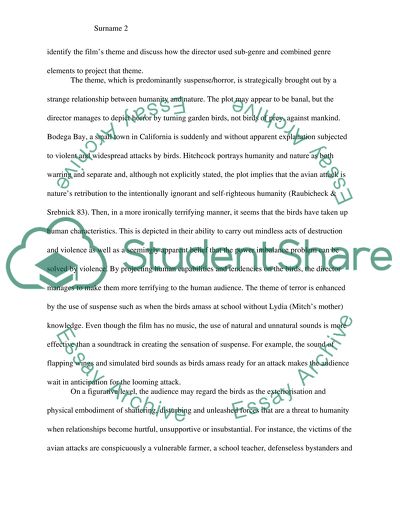Cite this document
(“Analysis of Alfred Hitchcock's The Birds Assignment”, n.d.)
Retrieved from https://studentshare.org/visual-arts-film-studies/1637586-analysis-of-alfred-hitchcocks-the-birds
Retrieved from https://studentshare.org/visual-arts-film-studies/1637586-analysis-of-alfred-hitchcocks-the-birds
(Analysis of Alfred Hitchcock'S The Birds Assignment)
https://studentshare.org/visual-arts-film-studies/1637586-analysis-of-alfred-hitchcocks-the-birds.
https://studentshare.org/visual-arts-film-studies/1637586-analysis-of-alfred-hitchcocks-the-birds.
“Analysis of Alfred Hitchcock'S The Birds Assignment”, n.d. https://studentshare.org/visual-arts-film-studies/1637586-analysis-of-alfred-hitchcocks-the-birds.


